A story of luminous jellyfish and skyscraping trees
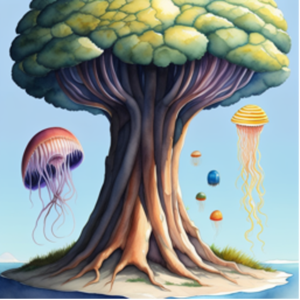
Did you ever wonder how trees can grow so tall?
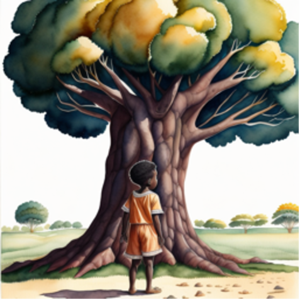
To understand tall trees we have to start with something smaller than your eyes can see: Which is the cell. Cells are the smallest living entities. They are found in you and me, as well as in jellyfish and trees.
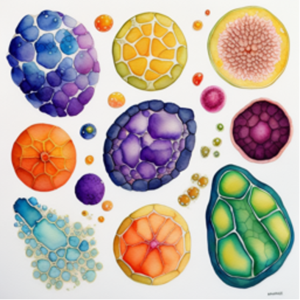
Plant cells only differ in few aspects from animal cells. Firstly, they have chloroplasts. Chloroplast make plants green, and enable them to generate sugar and oxygen from carbon dioxide and water with the help of the energy of light.
Another difference is the plant cell wall, which gives plant cells stability and protection, and enables trees to grow so tall.
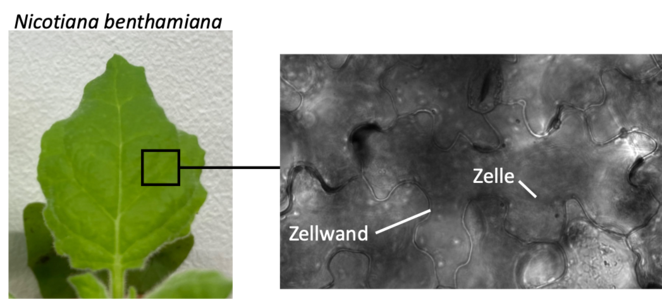
Animal cells on the other hand are wobbly and irregular in shape, similar to a jellyfish.
But how can plant cells communicate, if they are separated by such sturdy walls? The answer is plasmodesmata: tiny tunnels, that connect neighbouring plant cells. Thanks to these tunnels plant cells can exchange signals and nutrients despite their sturdy cell wall. A bit like the synapses in our brain which allow information transmission from neuron to neuron.
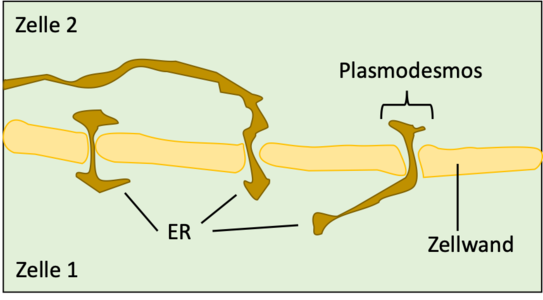
Unfortunately, plasmodesmata are so tiny that we do not really understand how exactly they are structured, how they function or what exactly is transported through them.
But luckily the luminous jellyfish can help us out with understanding plasmodesmata. Not the jellyfish itself but more precisely the substance that causes its colorful glow: Fluorescent proteins! Fluorescent proteins can absorb light, similar to chloroplast. In the case of fluorescent proteins the absorbed light is emitted again in another color.
Those fluorescent proteins can be used to mark tiny cell components, which allows to observe the cell components under the microscope.
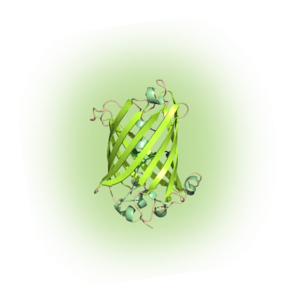
The first fluorescent protein was discovered around 60 years ago in the luminous jellyfish Aequora victoria. Since then scientists have engineered an enormous amount of different fluorescent proteins. There are fluorescent proteins with different colors and even some that can change their brightness and color depending on their outward surrounding.
By marking cell components with fluorescent proteins, we can figure out if those components are part of the plasmodesmata or if a component is transported throughout them.
This allows us to gain understanding in how plant cells distribute nutrients or how plants protect themselves against plant diseases. This knowledge might help us in future to optimize current crops and ensure food for all of us.
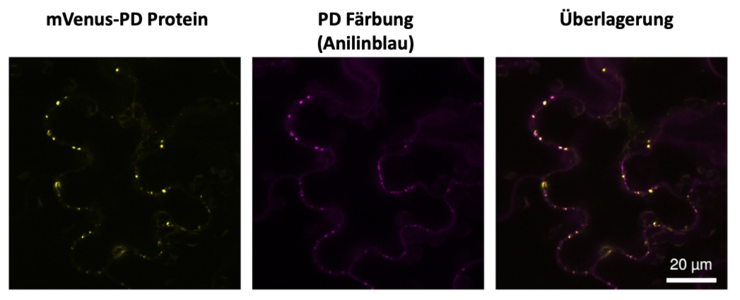
Crazy this world that we share with the luminous jellyfish and skyscraping trees!
Planter’s Punch
Under the heading Planter’s Punch we present each month one special aspect of the CEPLAS research programme. All contributions are prepared by our early career researchers.
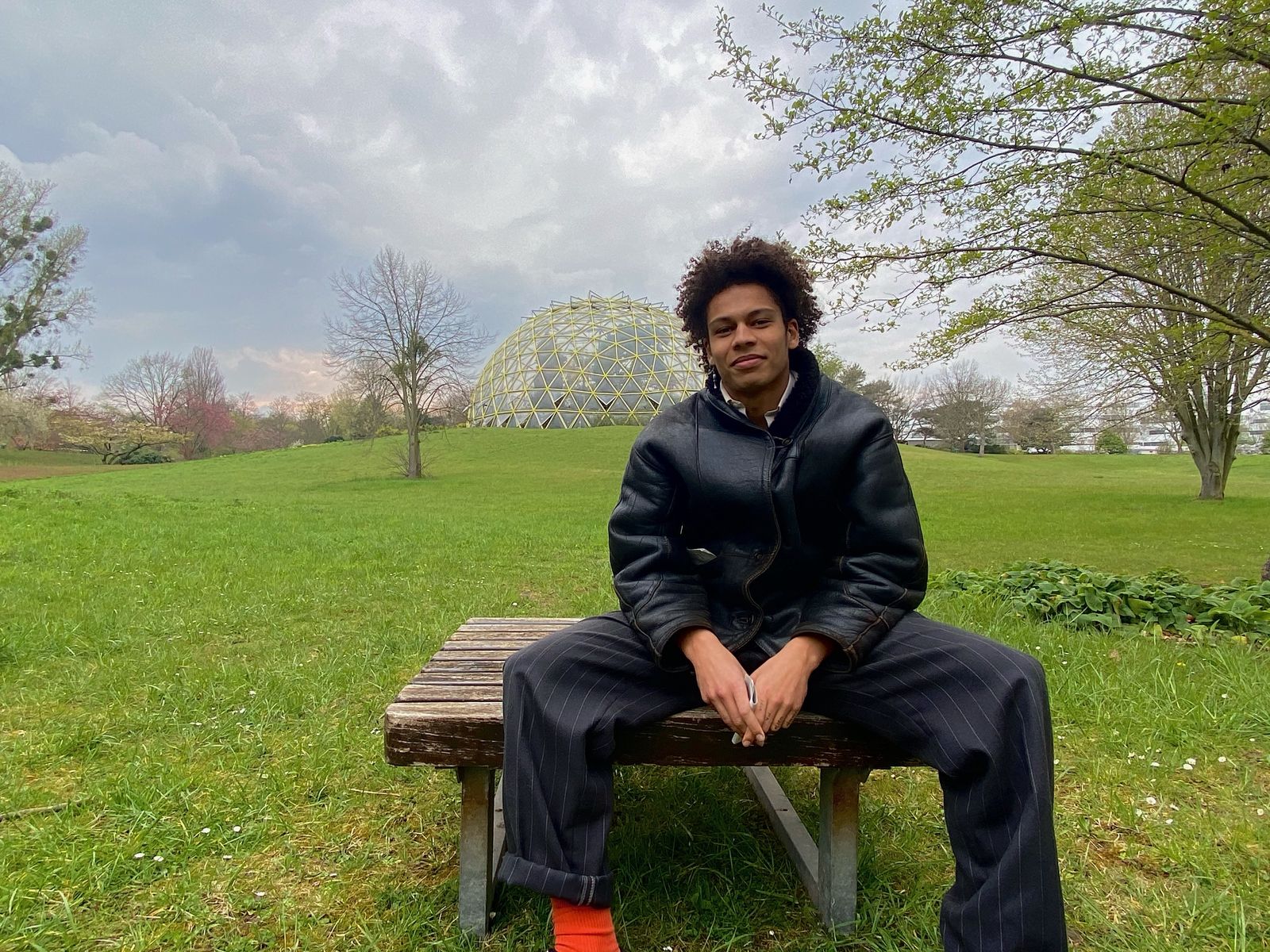
About the author
Jona Obinna Ejike is a PhD student in the Institute for Molecular Physiology at Heinrich Heine Uinversity Düsseldorf. In his free time he likes to dance in colorfull outfits, similar to luminous jellyfish which float through the deep sea.
Further Reading
Miras, M., Pottier, M., Schladt, T.M., Ejike, J.O., Redzich, L., Frommer, W.B., Kim, J.Y. (2022). Plasmodesmata and their role in assimilate translocation, Journal of Plant Physiology, Volume 270
Gombas, S., Miras, M., Schladt, M., Ejike, J.O., Hänsch, S., Fommer, W.B., Simon, R., Schulze, W.X. et al. (2023). A high-confidence Physcomitrium patens plasmodesmata proteome by iterative scoring and validation reveals diversification of cell wall proteins during evolution New Phytologist (Vol. 238, Issue 2)